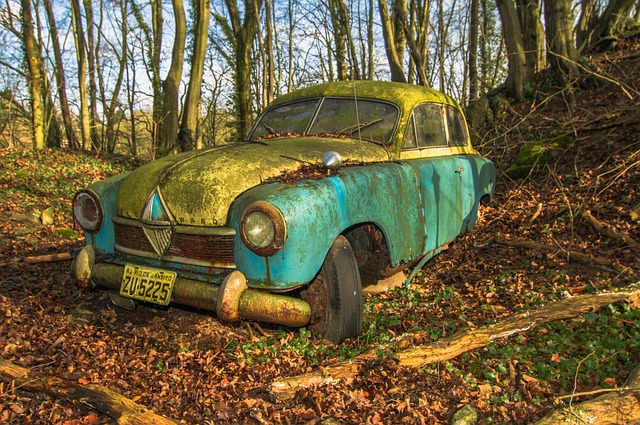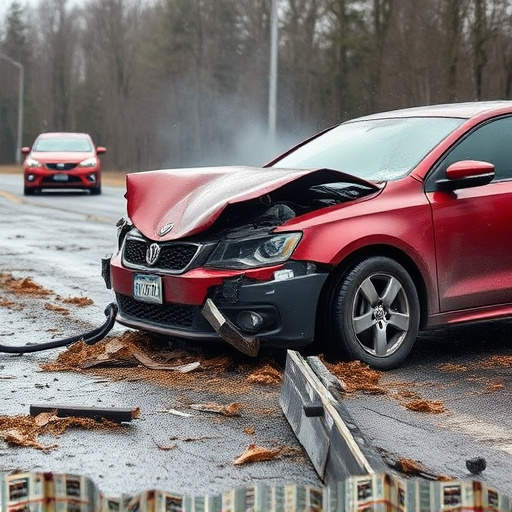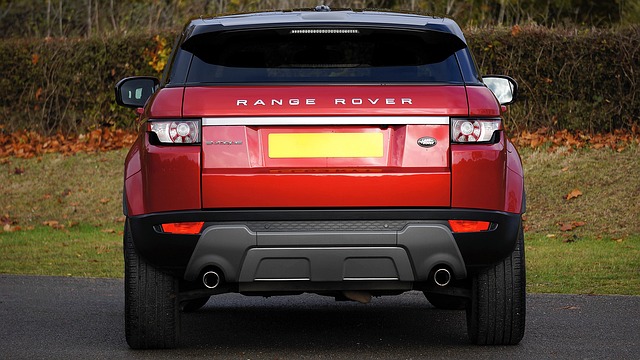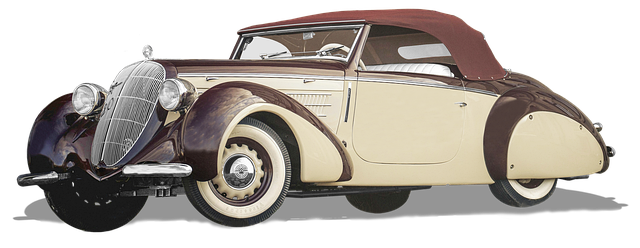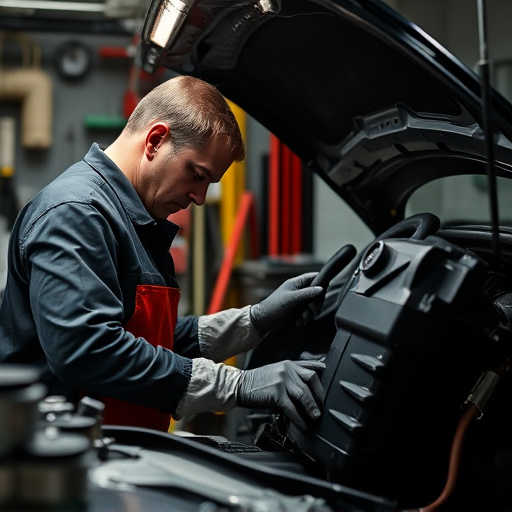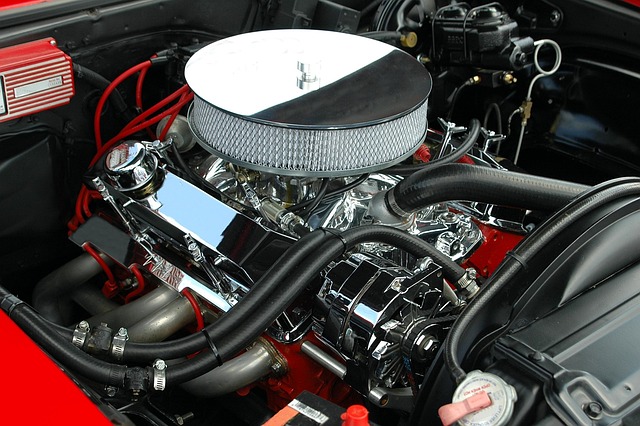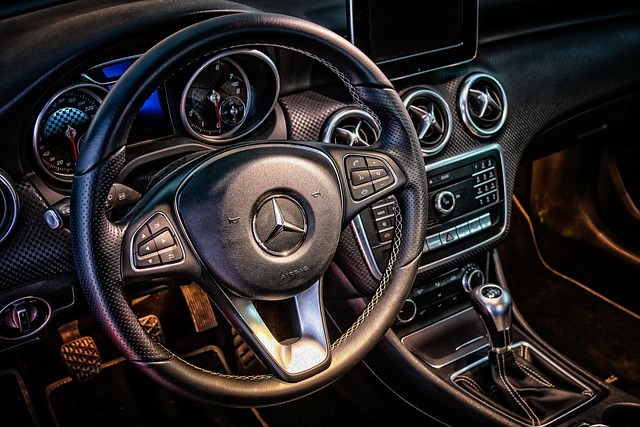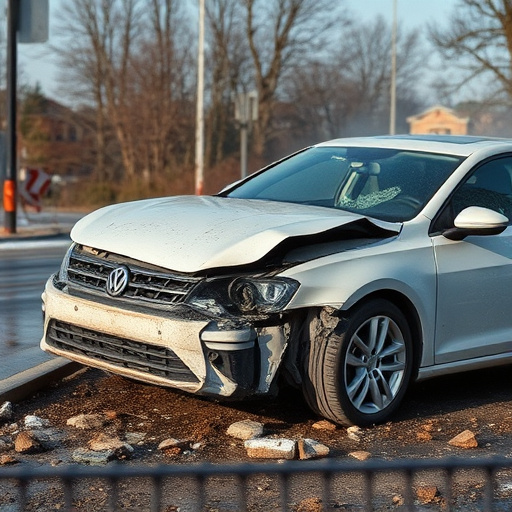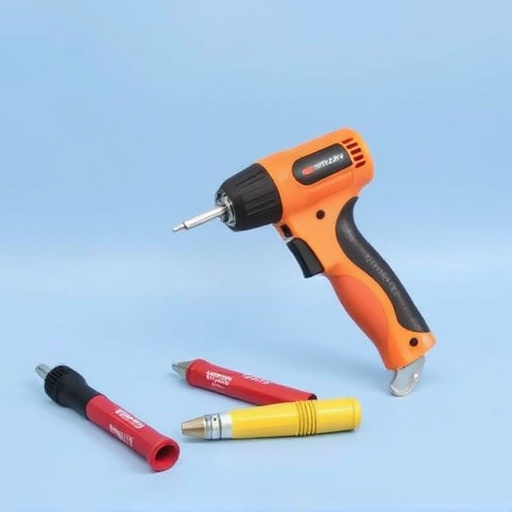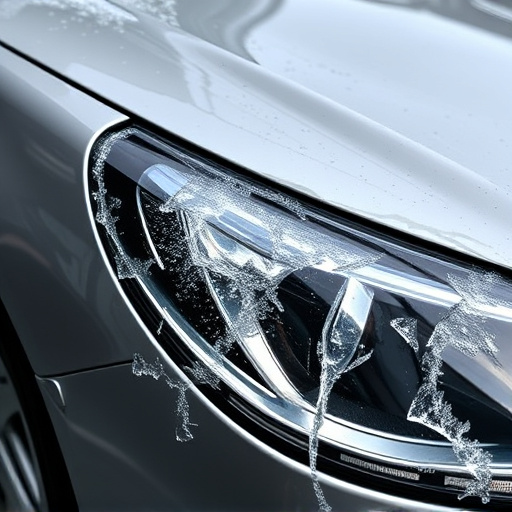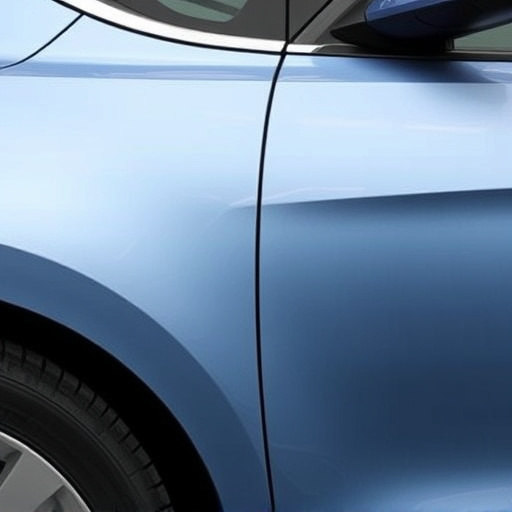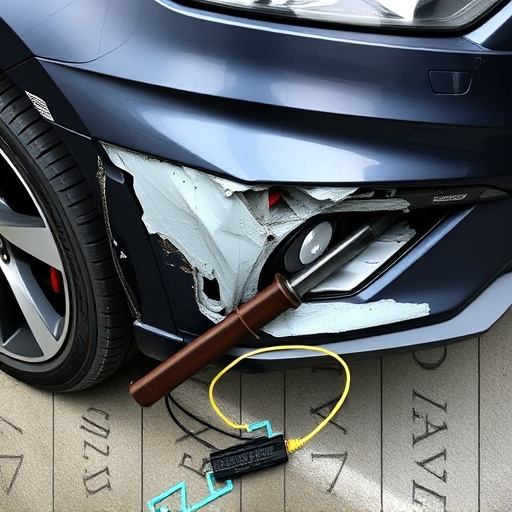Establishing robust standards and protocols, including detailed checklists, is vital for achieving high-quality auto body repair, especially for prestigious brands like Mercedes Benz. Standardization streamlines processes, reduces errors, and facilitates continuous improvement, ensuring consistent excellence in vehicle restoration and collision repair. A well-structured Quality Assurance (QA) manual guides every step from initial assessment to final delivery, aligning with industry standards and client expectations, and serving as a valuable training tool for new team members, thereby enhancing overall quality assured body work.
In the pursuit of excellence in the body work industry, implementing robust quality assurance (QA) practices is paramount. This article explores the essential tools and techniques that underpin Quality Assured Body Work. We delve into establishing comprehensive standards and protocols, leveraging advanced digital technologies like 3D scanning and software solutions, and mastering practical application methods. By embracing these strategies, body work professionals can consistently deliver top-tier services, ensuring customer satisfaction and maintaining industry standards.
- Establishing Standards and Protocols for Quality Assured Body Work
- – The significance of standardized practices in the industry
- – Creating a comprehensive quality assurance (QA) manual
Establishing Standards and Protocols for Quality Assured Body Work

Establishing robust standards and protocols is a cornerstone of quality assured body work. This involves defining clear guidelines for every step of the process, from initial assessment to final inspection. In the context of auto body painting or Mercedes Benz repair, such protocols ensure consistency and adherence to high standards. For instance, a meticulous checklist can guide technicians through each phase, ensuring no detail is overlooked. This includes specifications for surface preparation, paint selection, application techniques, and curing processes.
Standardization also promotes efficient workflow management in auto collision repair settings. By adhering to set protocols, teams can streamline operations, reduce human error, and ultimately deliver superior results. These standards serve as a foundation for continuous improvement initiatives, enabling professionals to refine their practices over time. Whether focusing on precision panel alignment or meticulous finish application, well-established protocols are key to maintaining excellence in quality assured body work.
– The significance of standardized practices in the industry
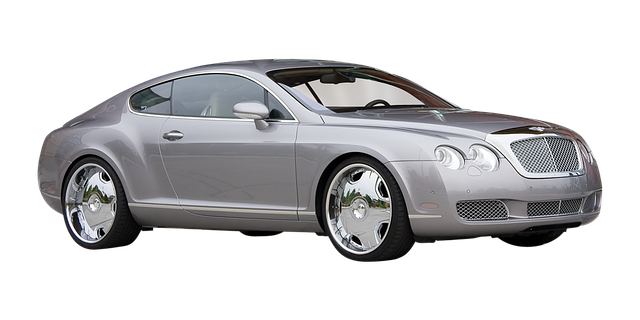
In the realm of quality assured body work, standardized practices are pivotal for maintaining consistency and excellence across the industry. These practices ensure that every vehicle restoration or collision repair in a vehicle body shop adheres to strict standards, thereby guaranteeing customer satisfaction and safety. Standardization facilitates communication among professionals, streamlining workflows and reducing errors. By following established procedures, collision repair shops can efficiently manage complex tasks such as panel replacement, painting, and detailing, ensuring each vehicle leaves the shop looking like new.
For instance, standardized techniques in a quality assured body work environment encompass everything from using specific tools and materials to adhering to precise measurement and alignment standards. This approach not only promotes uniformity but also enables quick troubleshooting and problem-solving. Moreover, it fosters an atmosphere where continuous improvement is encouraged, allowing the industry to stay ahead of technological advancements and evolving customer expectations in both vehicle restoration and vehicle body shop settings.
– Creating a comprehensive quality assurance (QA) manual
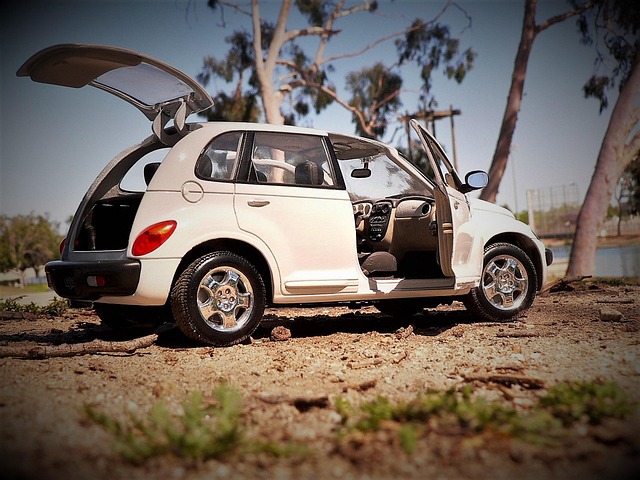
A well-crafted quality assurance (QA) manual is a cornerstone for any professional offering quality assured body work, including collision repair and car paint services. This comprehensive guide acts as a roadmap, ensuring every step of the process aligns with industry standards and client expectations. Within it, clear protocols for inspection, testing, and documentation are detailed, providing a consistent framework that enhances efficiency and accuracy.
The QA manual should encompass all aspects of quality assured body work, from initial assessment through final delivery. For instance, it might include specific guidelines for car scratch repair, detailing the types of tools to use, application techniques, and expected outcomes. Such meticulous documentation not only maintains consistency but also serves as a valuable training resource for new team members.
In ensuring high-quality standards in the industry, adopting established protocols and a robust quality assurance (QA) system is paramount for any professional providing body work services. By creating a comprehensive QA manual, practitioners can maintain consistency, enhance client satisfaction, and promote safe practices. This structured approach to quality assured body work not only benefits businesses but also fosters trust among clients, solidifying the industry’s reputation.
